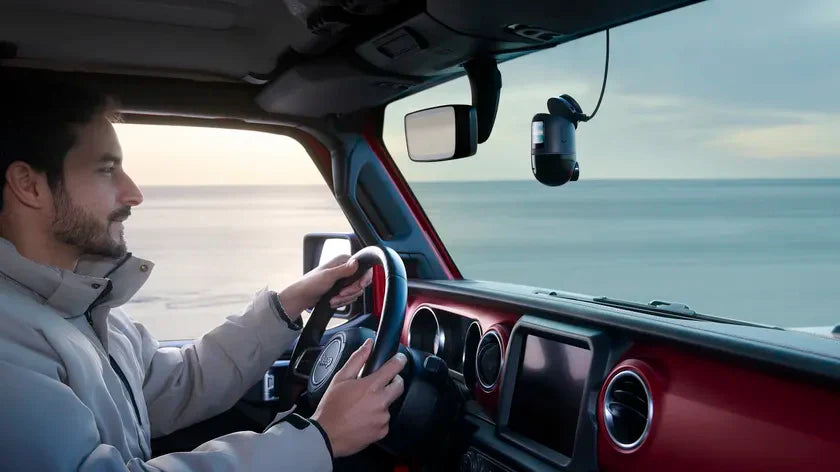
How to Choose the Best Dash Cam for You
 If you drive regularly—whether it’s your daily commute, road trips, or working rideshare—you’ve probably thought about getting a dash cam. Good call. A dash cam can save you a ton of trouble if something unexpected happens on the road. But with so many options out there, how do you pick the right one? Here’s a breakdown of what actually matters, based on real-world use (and not just flashy product pages).
If you drive regularly—whether it’s your daily commute, road trips, or working rideshare—you’ve probably thought about getting a dash cam. Good call. A dash cam can save you a ton of trouble if something unexpected happens on the road. But with so many options out there, how do you pick the right one? Here’s a breakdown of what actually matters, based on real-world use (and not just flashy product pages).
Start With: How Many Cameras Do You Need?
Dash cams aren’t just a single-lens deal anymore. Here’s the basic breakdown:
Single cam: Just covers what’s in front of your car. Great for general driving.
Dual cam: Adds an inward-facing lens—super useful if you drive Uber or Lyft.
Triple cam: Usually for commercial or long-distance drivers, with extra views around the vehicle (like rear or blind spots). Think delivery vans or trucks.
If you're just a regular driver, a single or dual cam will probably do the trick. But if you’re on the road all day, more coverage = more peace of mind.

Don’t Sleep on Video Quality
It’s tempting to save a few bucks and go with a basic Full HD model—and honestly, that’s fine for a lot of people. But if you want to be able to clearly read a license plate or spot tiny details in footage, 4K is where it’s at. Yes, it’s pricier. But when something goes wrong, those extra pixels might make a big difference.
Frame Rate = Smoother Playback
Most dash cams shoot at 30fps, and that’s totally fine for most situations. But 60fps (frames per second) is noticeably smoother, especially if you ever need to slow the footage down to catch something. Think of it like this: the higher the frame rate, the easier it is to analyze what actually happened.
Pro tip: Some high-end models (like the Nextbase 622GW) even have stabilization built in. Great if your local roads are more pothole than pavement.

Handy Features You Might Actually Use
There’s a lot of extra stuff out there—some useful, some… less so. Here’s what I’d actually look for:
GPS tracking: Logs your speed and location. Super helpful for incident reports.
Parking mode: Records even when your car is off—good for hit-and-runs or break-ins.
App support: Makes it easier to transfer or view footage on your phone.
Voice control: Nice to have, especially if you don’t want to mess with buttons while driving.
If your car doesn’t already have GPS or navigation built-in, you might want a dash cam that includes it. Otherwise, focus on video quality and ease of use.
Final Thoughts
You don’t need to overcomplicate things. A good dash cam should be reliable, easy to use, and give you peace of mind every time you hit the road. Start with what kind of driving you do, decide how much video quality matters to you, and go from there. Bonus points if the cam has Wi-Fi or app access—it just makes your life easier.
Happy driving, and stay safe out there!









